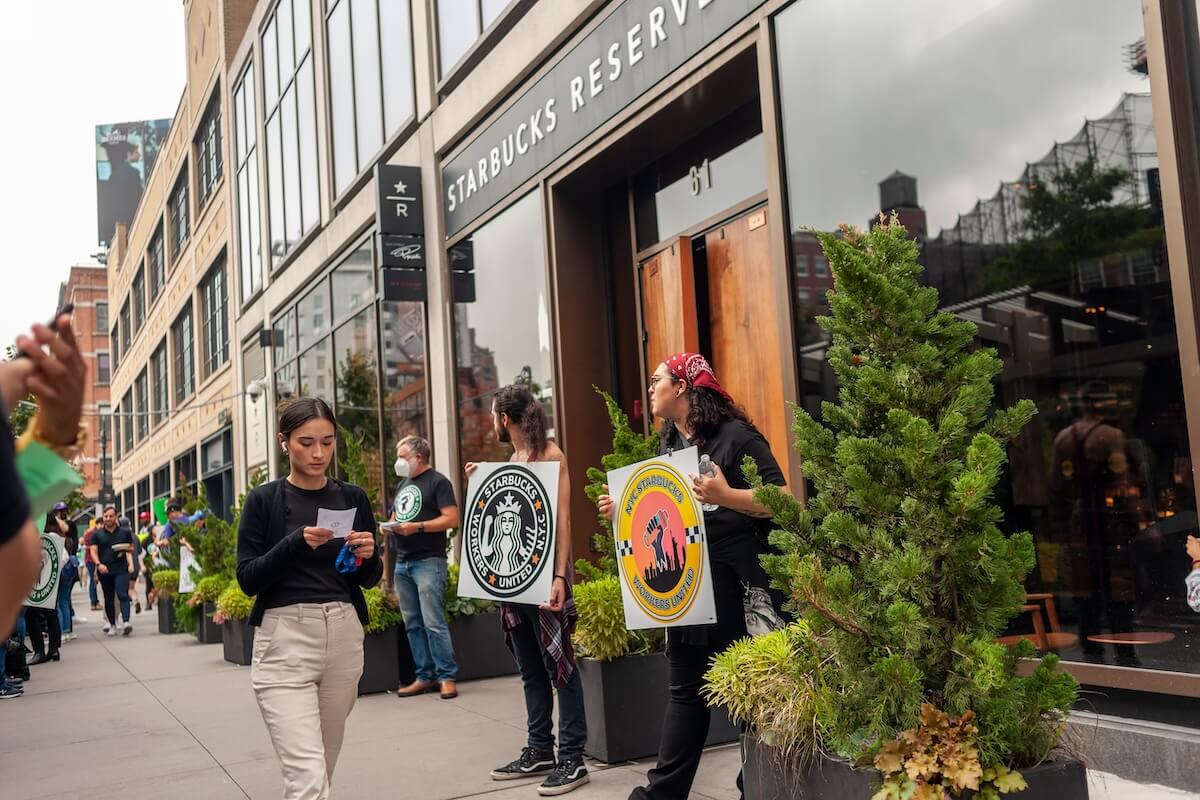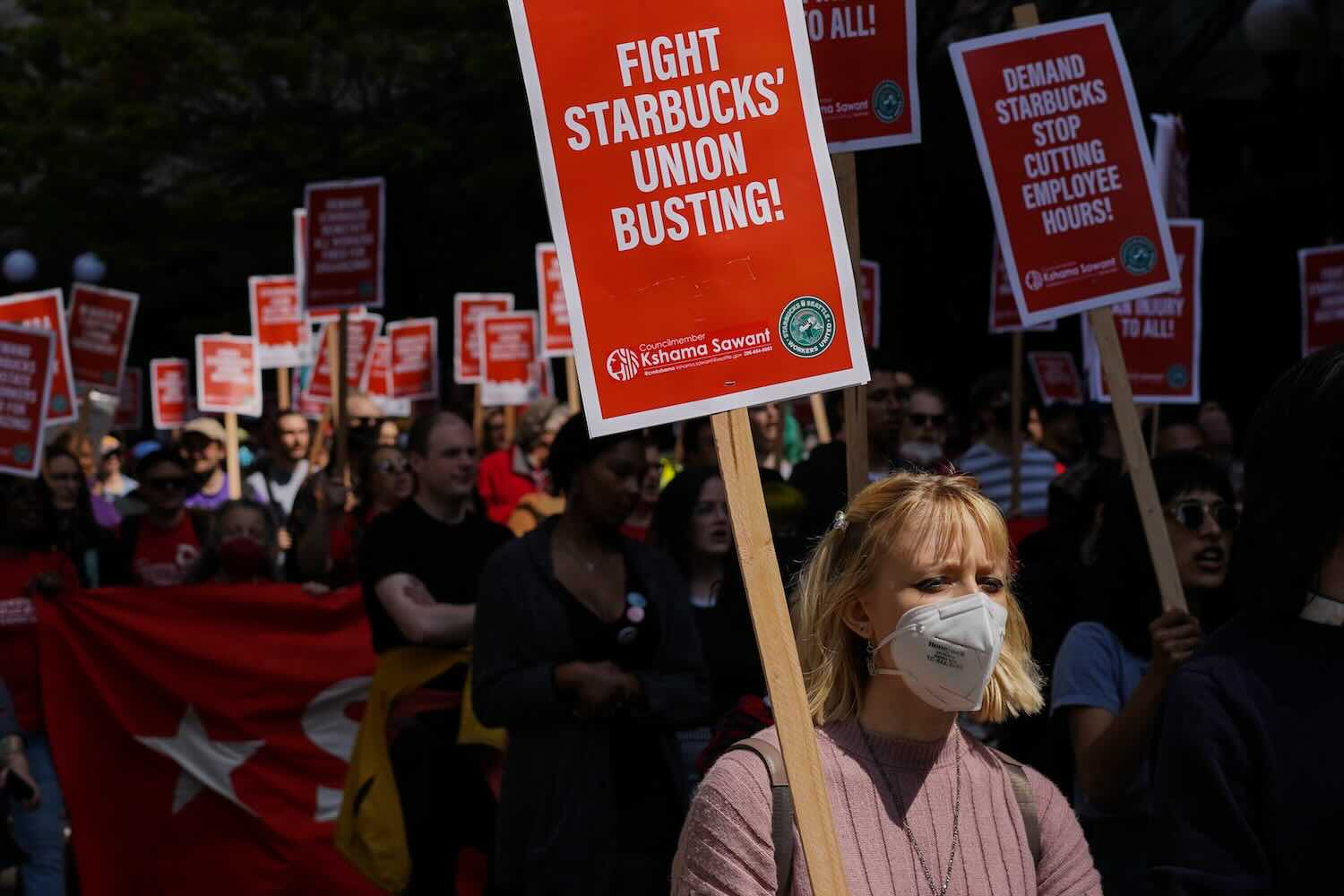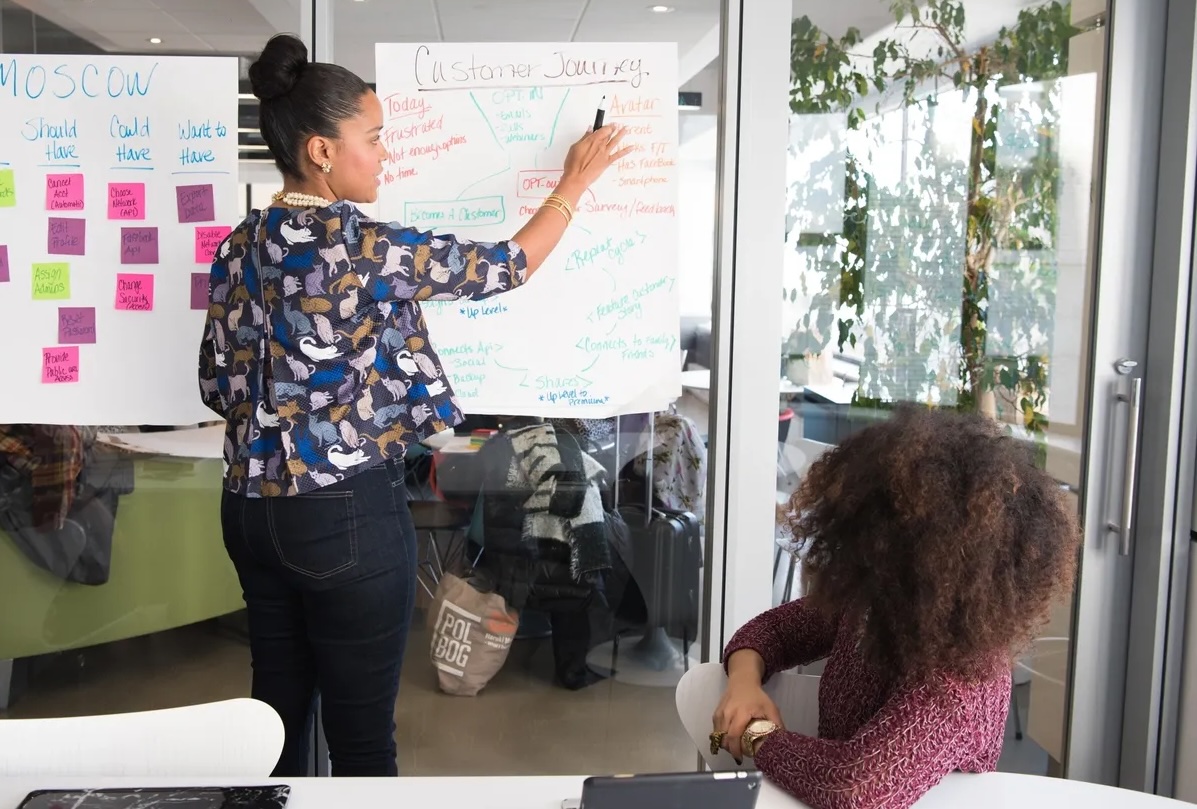Editor’s note: President Trump signed the “Build Act” into law on Friday, Oct. 5.
Once on the chopping block, the U.S. government’s development finance institution has a new name, new tools and an expanded mandate.
The new U.S. International Development Finance Corp. will have the ability to make equity investments, in addition to loans. Such catalytic capital could make the new agency a major player in global impact investing and help to draw in other private investors to boost global development.
“Providing additional types of capital and developmental tools will allow investees of the future development finance institution to increase their impact throughout the developing world,” Mark Coffey, chief Investment officer of Global Partnerships, an impact investment fund manager in Seattle, told ImpactAlpha.
President Trump could sign the bill creating the new agency as early as Friday, after Congress passed the Better Utilization of Investments Leading to Development, or BUILD, Act. The International Development Finance Corp. will replace the Overseas Private Investment Corp., or OPIC, and “facilitate the participation of private sector capital and skills in the economic development of countries with low- or lower-middle-income economies.” The administration issued a statement in support or the legislation in July.
The BUILD Act consolidates elements of U.S. Agency for International Development, including its Development Credit Authority. The new agency will have authority to use equity investments, which OPIC lacked, along with loans, guarantees, insurance and other financial instruments. Its financing budget will double to up to $60 billion, up from OPIC’s $29.5 billion.
It’s a stark turnaround. In his first budget, President Trump placed OPIC on a list of agencies to eliminate entirely. OPIC head Ray Washburne, a Trump appointee who had served as finance chair of the Republican National Committee, led the campaign to reverse the administration’s thinking. Somehow, reforming and upgrading U.S. development finance found rare bipartisan support in Washington.
The BUILD Act “creates a reformed, modern U.S. development finance institution with 21st century tools,” said Washburne. “This is a major milestone that will advance United States’ engagement in the developing world.”
Meeting China
Lest anyone mistake the president for a nation-building globalist, the financing needs of the U.N. Sustainable Development Goals did not drive support for the bill. What sold Trump: countering China’s rising global influence.
Beijing has been aggressively investing in infrastructure across Asia under its trillion-dollar Belt and Road Initiative launched in 2013. China’s development finance institutions pump some $40 billion a year into developing markets, particularly for commercial projects in Africa. Washburne, other agency leaders and policymakers convinced Trump that beefing up U.S. development finance was one way to compete with China overseas.
The BUILD Act, “offers a financially-sound alternative to the state-directed initiatives pursued by China that have left many developing countries deep in debt,” Washburne said in statement. Sen. Chris Coons, a co-sponsor, tweeted, “This investment will allow us to reduce poverty in areas that are critical to our national security, compete with Chinese influence in the developing world, and help U.S. businesses grow and succeed.”
Other governments also have been gearing up to mobilize capital for global development challenges and to assert influence abroad. Last year, the UK boosted the amount of development finance capital it will deploy. In January, Canada stood up its own DFI, FinDev Canada.
New tools
Since its creation in 1971, OPIC has invested more than $200 million in over 4,000 projects in 160 countries. Wielding primarily debt financing, OPIC has backed development projects that include the U.S. private sector. OPIC has consistently turned a profit, contributing $3.7 billion for deficit reduction.
The new agency’s toolset will include direct loans and guarantees, including those in local currency, political risk insurance, first-loss funds, technical assistance, and grants to unlock larger investments. USAID’s Development Credit Authority has helped financial institutions and USAID make more than 500 guarantees, unlocking $4.8 billion in private financing for more than 245,000 entrepreneurs worldwide.
The most significant addition to U.S. development finance toolset is the ability to wield equity financing, at least as a minority investor. OPIC, unlike most global development finance institutions, was only able to offer debt financing.











